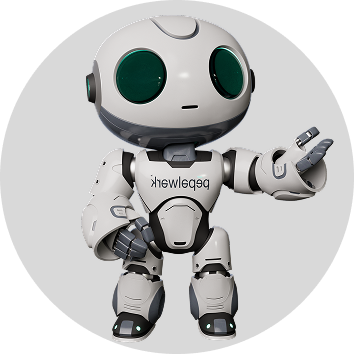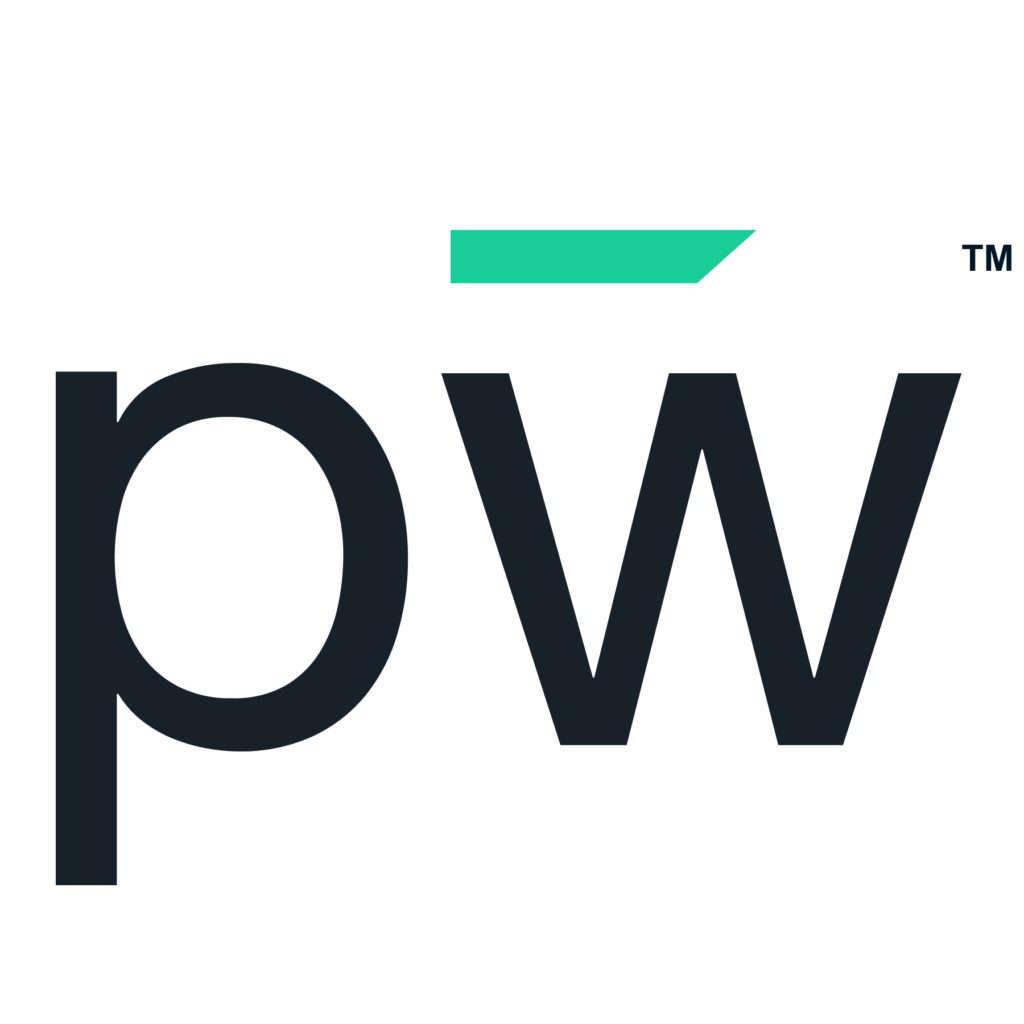The field of career services is an outcome-driven environment. Guiding students through college and career readiness requires frameworks and measurement methods to define success. Whether you’re helping students prepare for more education or the workforce, do you really know your impact? Or do too many challenges stand in the way?
Getting clarity around your outcomes is much easier with empowering career services technology. While you have plenty of challenges today, the right platform can help you overcome them, ensuring measurement is scalable and effective.
Current Challenges for Career Services in Measuring Outcomes
It can be difficult to support and measure college and career readiness. It’s a changing landscape, but there are frameworks to serve as guides. They offer ways to evaluate programs and can prepare students for a job after graduation. However, that’s not always the case. Measuring outcomes can provide some insight into effectiveness.
Watch the video below for an explanation of whether college is readying people for the real world of work Beyond this concern, more challenges inhibit your ability to consistently measure outcomes. Since every career services initiative is unique, you can’t easily use an out-of-the-box solution.
You must work out these challenges:
- Needing to set goals that are meaningful to each student and be able to track their progress toward them in an accessible, scalable way
- Lacking a centralized system that documents all activities and progress toward key performance indicators (KPIs)
- Assessing student skills and aptitudes and mapping those to career paths
- Dealing with time-consuming, manual tasks related to administrative actions
- Ensuring the protection of student data privacy
- Using too many software platforms that aren’t connected, which means data is hard to aggregate and analyze
These issues restrict you from reporting accurately. However, you know how valuable this information can be.
Why Measuring Outcomes and Consequences Matters
Though developing a structure for measuring outcomes can be difficult, it has direct
implications for career services. Gauging performance based on college and career readiness goals has value for several reasons:
- It’s necessary for funding and accreditation.
- Analytics inform the feedback and advice you offer to students.
- It can influence the curriculum to align with the future of work.
- These learnings can tell you what’s working well and what programs fall short.
- Outcome measurement can provide insights into what employers seek in the workforce regarding in-demand skills.
Next, you’ll need to devise a strategy for what to measure and how to do so.
How To Build an Outcome Measurement Strategy
Developing your plan to measure and take action has its own challenges. You can construct one that will enable you to use data for full visibility. Here are some suggestions on how to do this:
Determine what to measure.
Define what to measure in terms of the data needed for funding and accreditation. These areas are essential in ensuring you continue to receive subsidies, backing and support. They’re critical but not the only things to measure to understand the impact of your program.
List your metrics.
Focus on specific metrics that demonstrate program success — or failure — by measuring:
- Student engagement, including how many appointments they’ve had with you, their involvement with programs and how many interviews they’ve been able to get
- Job search support relating to how you’ve been able to get employers involved through career events, job posts and internships offered, or other activities
- Student success as determined by job or graduate school placements, which are the most frequently requested for accreditation and funding
Review what others are doing.
Another good way to assess your program is to benchmark it against others. Find out which schools have the best career services. Get inspiration from the things they are doing well that you can implement within your own program.
Implement technology to measure.
The “how” of measuring comes down to having career services software, such as pepelwerk, that’s designed to provide reports and data relating to metrics in one central spot. It has all the features needed to collect data and track KPIs around outcomes. Features include:
- The ability to measure population outcomes
- Postgraduation success rate tracking
- A data dashboard to review all current metrics in one view
- Data privacy and protections for students in a closed marketplace
With this functionality, measurement is transparent. You’ll also have access to so much more with our platform, including:
- Career assessment tools
- Virtual reality job exploration
- Work readiness content
- Job and internship matching using AI to connect the skills of a student with the needs of a position
- A centralized place for corporate partnerships
Measure Outcomes Reliably and Give Students Access to More Resources To Be Career-Ready
With all these tools, you can move career services into the future of work. Your students have many possibilities on their job journeys, and with the right system, you have a better way to get them on the right path. You’ll be able to measure it all and make changes and decisions that are data-driven.
See how this new approach to career services can work for you by attending one of our events.










